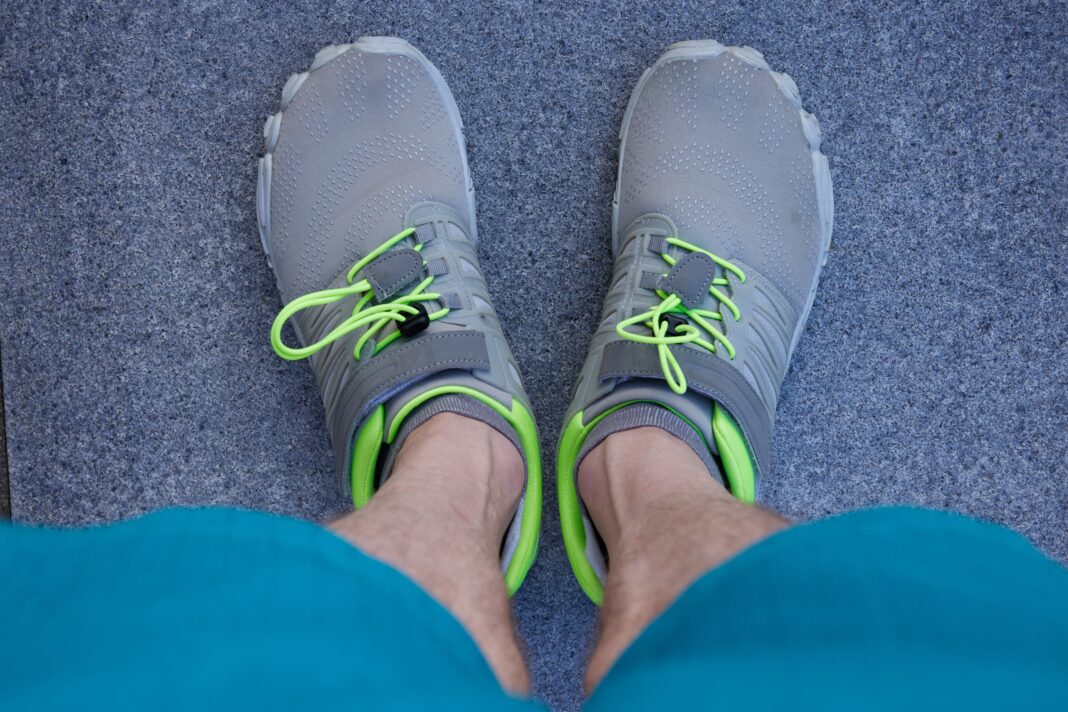Benefits of Choosing Environmentally Friendly Footwear
By Beth Rush
Besides switching to a plant-based diet and a green wardrobe, your shoes are another lifestyle feature you can make eco-friendly. Learn the benefits of sustainable footwear and why your next pair of kicks should come from natural materials.
1. Made of Environmentally Safe Materials
Conventional footwear is made from components that cause pollution. Leather emits chromium, aldehydes, and solvents that are detrimental to health. The synthetic materials and textiles in the insole and outsole release volatile organic compounds and biocides, degrading air quality. It takes approximately 40 different materials to create one shoe — imagine the amount of pollution a set of leather shoes generates.
Eco-friendly footwear can be crafted using natural fibers, seaweed biopolymer, and other components that don’t discharge harmful substances. The catch for manufacturers is the long production hours. It can take 36 hours to assemble a pair of Malai sandals made from the cellulose of coconut water. However, it’s worth the wait for consumers who want to make one more aspect of their lives sustainable.
2. Improved Comfort
The benefits of sustainable footwear include maximum ease of wear and better breathability. Wool is widely used due to its high extensibility. It waves naturally and can trap air, making it ideal for insulating. Wool-made shoes are soft enough to snug perfectly on your feet and keep them warm during winter and cool in summer.
Barefoot shoes are an excellent example of eco-friendly footwear featuring maximum comfort. They’re thin and designed to mimic the sensory sensitivities of your feet directly touching the ground. Wearing them lets you enjoy the calming, grounding effect of being close to nature without the risk of cuts and infections due to rough surfaces. They’re made of soft materials, reducing the amount of skin friction that causes blisters, calluses, and corns.
One tip to get the right size is to fit shoes later in the day since feet tend to swell in the afternoon. This way, you can get perfect runners or sandals to care for your feet.
3. Reduces Carbon Footprint
Producing a pair of safety boots generates 18.65 kilograms of carbon dioxide equivalent emissions. Furthermore, companies produce over 22 billion pairs of shoes each year. Manufacturing all of these to meet the buyers’ demands puts pressure on the environment.
Using natural materials and renewable energy during production can help minimize the industry’s emissions. Many companies have started designing eco-friendly footwear. One designer has created a printed shoe containing living algae that doesn’t only require fewer manufacturing emissions but can absorb carbon dioxide from the surroundings. This innovation can help organizations offset their footprint.
4. Highly Durable
Manufacturers have been developing solutions to create eco-friendly shoes by swapping leather and synthetics with plant-based materials while retaining durability, style, and other features.
Sustainable footwear is equal to conventional options in terms of strength and life cycle. Bast fibers extracted from plant stems like hemp, jute, and flax last long and are flame retardants. Piñatex, made from pineapple fibers, is soft and light yet extremely robust. It makes a good material for vegan flats.
5. Nontoxic and Allergen-Free
People with high skin sensitivity enjoy the benefits of sustainable footwear because of allergen-free materials. Many wearers have sensitive skin that may react to leather, adhesives, rubber, and dyes.
Shoe contact dermatitis is when your foot gets red, swollen, and painful blisters and cracks due to reactions. Leather contains chromium salts, biocides, and formaldehyde, which trigger this condition.
Sustainable footwear is generally hypoallergenic. For example, cork sheets are a soft material made from the bark of an oak tree that doesn’t cause any allergic reactions. Rhubarb leather uses plants as an alternative to chromium for tanning, making it better for wearers sensitive to it and other heavy metals. Biosteel is an artificial silk fiber weaved from the same proteins spiders use to create silk. Components made from raw materials are typically better for people with sensitive skin.
6. Customizable
Shoes don’t only protect your feet but also your health. That’s why some brands offer buyers the option to personalize shoe design, allowing them to maximize comfort regardless of foot biomechanics.
Data revealed between 15% and 37% of people have flat feet and high arches, which can lead to stability problems. Customizing footwear with 3D insoles can help correct some foot disorders. In a study of 200 patients experiencing foot-related issues, personalized 3D-printed insoles reduced pain for more than 90% of these people. Customization is an added value in sustainable footwear.
7. Sourced Ethically
It’s no secret that footwear production is outsourced abroad, where labor and materials are cheaper. Regardless of the brand’s long-standing history, today’s sustainable consumers want to engage by learning where their footgear is sourced from and how it’s made. They research if workers receive fair compensation and work in ideal conditions before buying.
One of the benefits of sustainable footwear is it makes you feel less guilty about using your new pair of kicks since it’s crafted in strict compliance with local labor and environmental laws. Additionally, it’s made of safe materials that don’t compromise the planet and is sold ethically.
Consider the Benefits of Sustainable Footwear
Next time you buy a pair of trainers, choose eco-friendly ones. This minor shift in your shoe choice can positively impact the environment. Be a responsible consumer by buying footwear manufactured with fewer emissions. Wear your runners or heels with pride, knowing your decision didn’t put the planet at risk.
About the author: Beth Rush is the green wellness editor at Body+Mind, where she covers topics like the power of climate consciousness at all stages of education. You can find Beth on Twitter @bodymindmag. Subscribe to Body+Mind for more posts by Beth!
